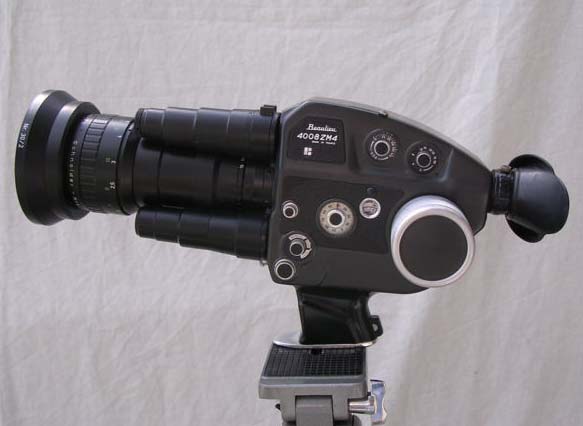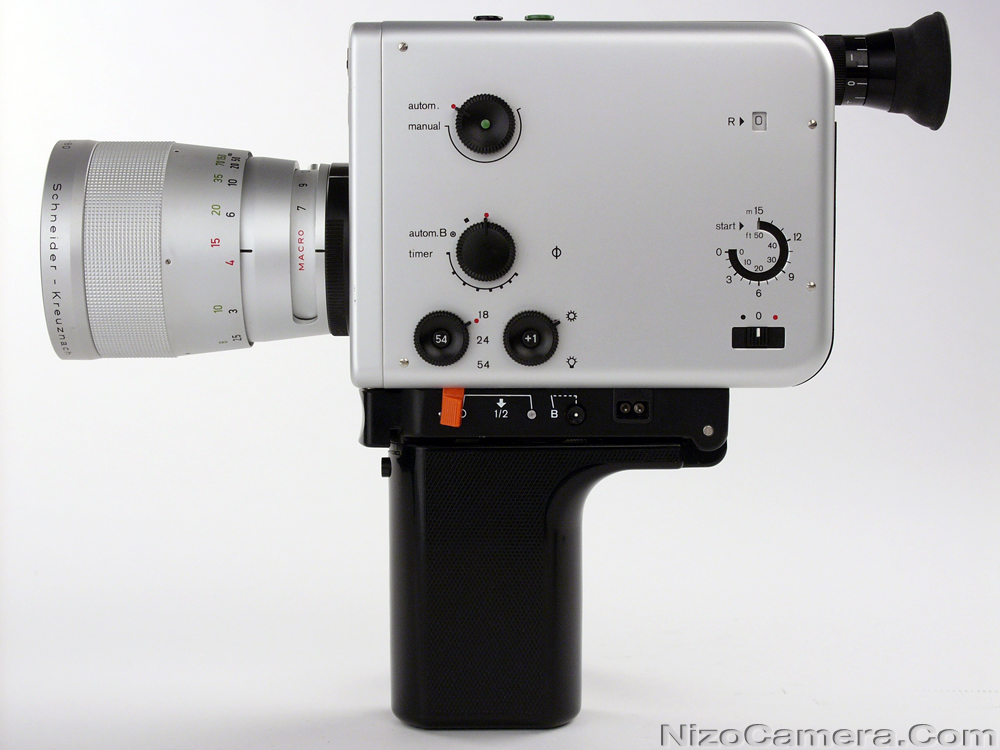Source: Nathaniel Dorsky (2005) Devotional Cinema, 2nd ed., Berkley: Tuumba Press, 24-25.
“For alchemy to take place in a film, the form must include the expression of its own materiality, and this materiality must be in union with its subject matter. If this union is not present, if the film’s literalness is so overwhelming, so illustrative, that it obliterates the medium it is composed of, then one is seduced into a dream state of belief or absorption that, though effective on that level, lacks the necessary ingredients for transmutation. Such a film denies its totality. It denies the fact of what it is actually made of.
The instinct to express the union of material and subject occurs at the beginning of known human expression. The devotional cave art in southern France and northern Spain often plays with the contours of the cave walls to enhance the hallucination of the bison or horse depicted on them. Egyptian sculpture is as much about the unceasing nature of stone as it is about the unceasing glance engraved on that stone. In French religious stone carving of the late twelfth century, the stone itself is luminous, as both material and expression. The stained glass of the same period was born out of a love of the elemental glory oflight, color, and glass, while at the same time relating biblical tales or the lives of saints. Similarly, Bach’s organ chorale preludes are as much an expression of skeletal fingers pressing down on ivory keys and releasing air through pipes as they are melodic evocations of prayer. Mozart, born into the age of classicism, wedded his classical style to the human metabolism in every detail. The texture of the instrumentation, the key changes, and the depiction of conversation and emotion through melodic line are the music itself and at the same time are a primordial mirror or example of what it is to be fully human. We hear ourselves at our alchemical best.
For film to partake in this luminosity and elemental glory, and thereby lay the ground for devotion, it must obey its own materiality.”


